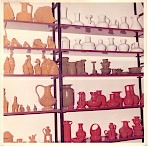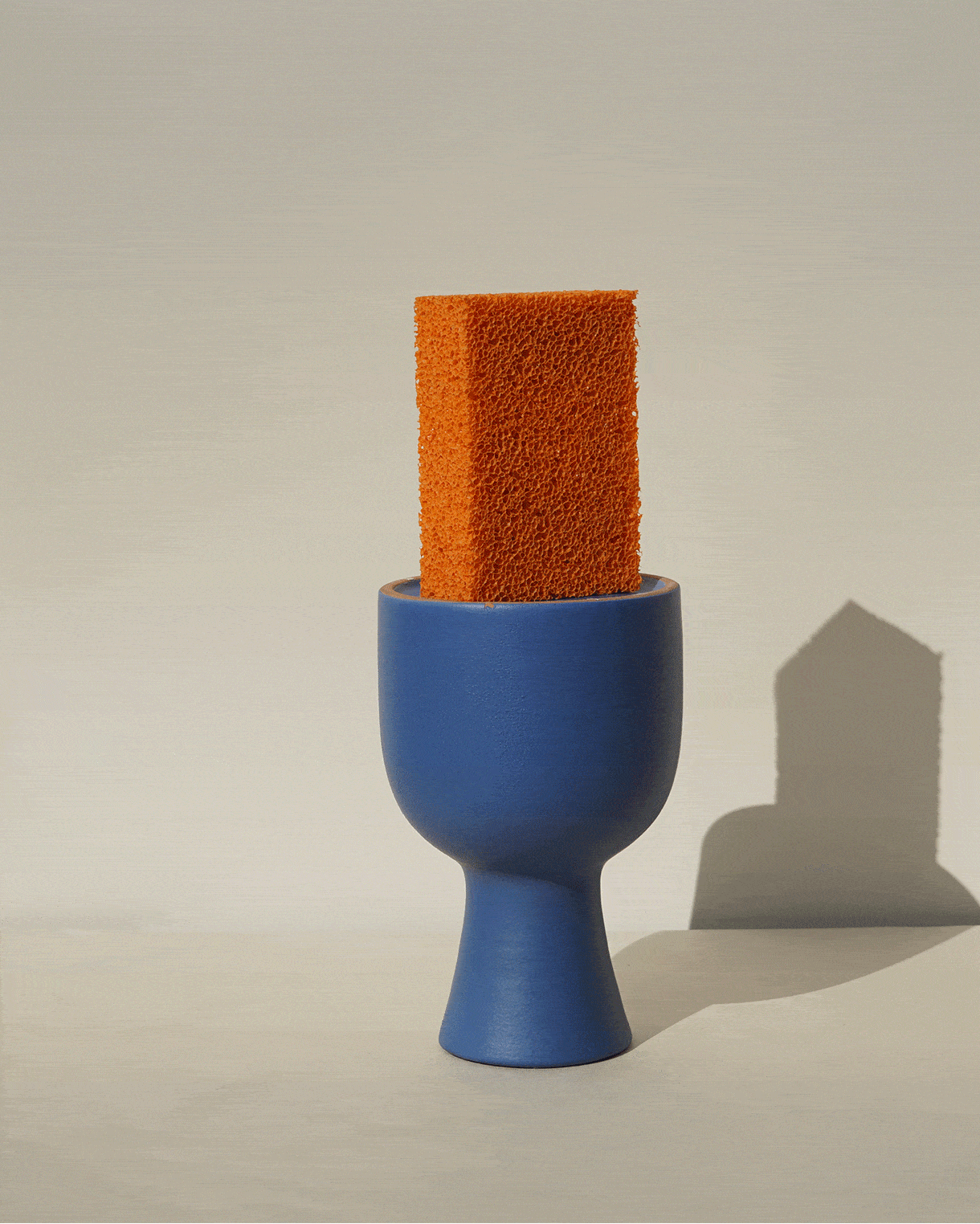Tito di Antonio Bellini was the founder of the Italica Ars artistic ceramics factory in Lastra a Signa (comune in the metropolitan city of Florence). Bellini’s business developed so rapidly that by November 1925 the factory building already included five rooms used for industrial purposes.
In 1933, Italica Ars was sold to the Corsani family, who a few years earlier had been involved in the production of hat linings. The new owner, Giulio Corsani, with the help of his sons Stelio and Danilo, further expanded the business by adding two new rooms. This is when “Ceramiche Corsani” is remembered.
In the 1930s, the factory, which was then present on the market with a wide range of articles such as: majolicas, terracottas, artistic terracottas, decorative panels and gift items, continued to develop both in terms of production and research. Around 1936, Stelio Corsani created new turquoise and coral-red glazes that characterised the sample collections and main production of those years. These glazes, the formulation of which has forever remained a factory secret, were created by grinding the waste from the processing of the stones themselves: none of the competing ceramic manufacturers was ever able to reproduce them.
The 50s and 60s saw a number of developments and innovations, and during this period the company produced the famous “rosso nuvolato”. To obtain this new variant of red - a colour that had always been difficult to produce in ceramics - it was necessary to use different types of glaze and different working techniques: after a first coat with a particular type of black, the pieces were “reglazed” with two types of red; another glaze, from a third colour factory, was then applied using an airbrush.
When fired, the different layers of enamel and paint gave a hammered, granite-like effect known as “nuvolato”, red on black. Using the same technique, other enamels were created in yellow and green, opening up the market to department stores and German, American and Japanese customers. The success of this new product led to exponential growth in production, which has continued until recent years.
Between 1980 and 2000, Italica Ars enjoyed a new period of growth, but finally went into liquidation in 2009.

